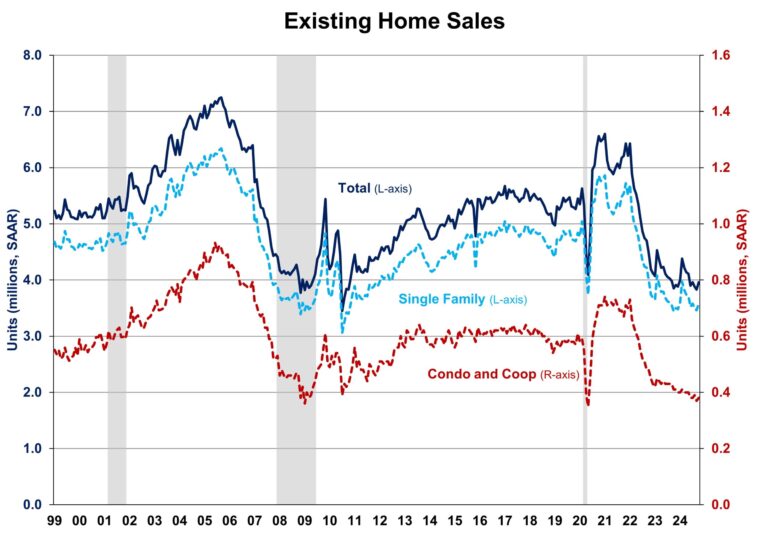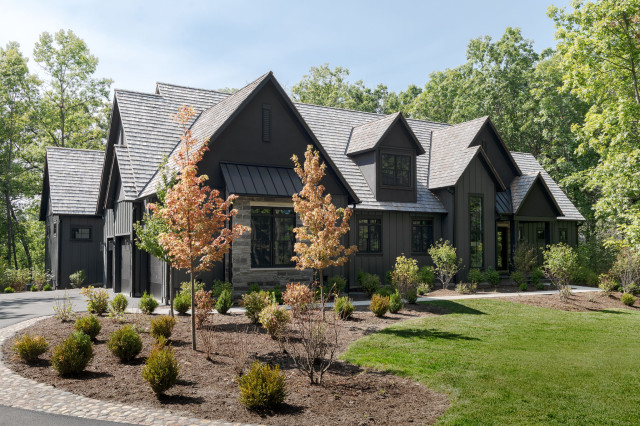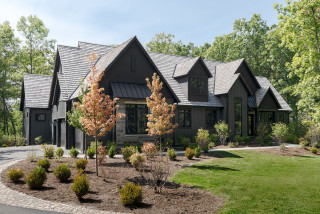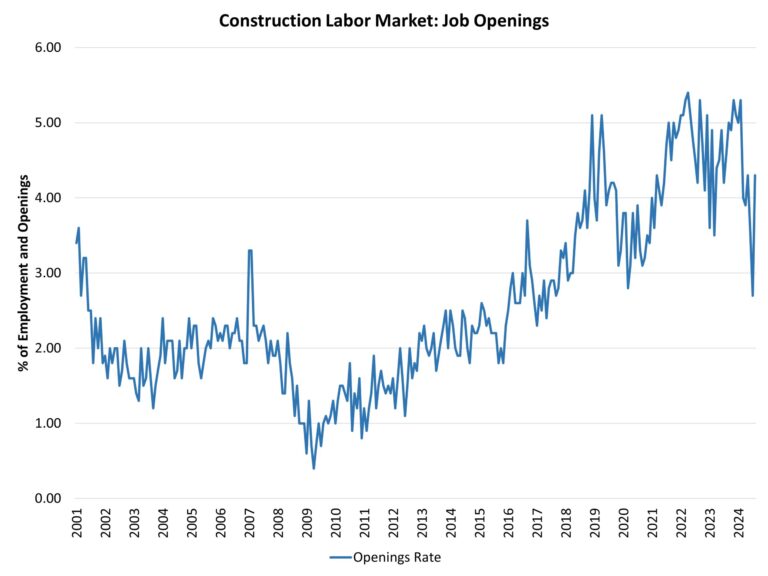Existing home sales in October rebounded from a 14-year low and posted the first annual increase in more than three years, as buyers took advantage when mortgage rates briefly reached a 2-year low in late September, according to the National Association of Realtors (NAR). While elevated home prices persist due to the lock-in effect, we expect sales activity to increase as mortgage rates moderate with additional Fed easing. Improving inventory should help slow home price growth and enhance affordability.
Homeowners with lower mortgage rates have opted to stay put, avoiding trading existing mortgages for new ones with higher rates. This trend is driving home prices higher and holding back inventory. With the Federal Reserve beginning its easing cycle at the September meeting, mortgage rates are expected to gradually decrease, leading to increased demand and unlocking lock-in inventory in the coming quarters. Total existing home sales, including single-family homes, townhomes, condominiums, and co-ops, rose 3.4% to a seasonally adjusted annual rate of 3.96 million in October. On a year-over-year basis, sales were 2.9% higher than a year ago, ending a 38-month streak of year-over-year declines since July 2021.
The first-time buyer share rose to 27% in October, up from 26% in September but down from 28% in October 2023.
The existing home inventory level rose from 1.36 million in September to 1.37 million units in October and is up 19.1% from a year ago. At the current sales rate, September unsold inventory sits at a 4.2-months supply, down from 4.3-months last month but up 3.6-months a year ago. This inventory level remains low compared to balanced market conditions (4.5 to 6 months’ supply) and illustrates the long-run need for more home construction.
Homes stayed on the market for an average of 29 days in October, up from 28 days in September and 23 days in October 2023.
The October all-cash sales share was 27% of transactions, down from 30% in September and 29% a year ago. All-cash buyers are less affected by changes in interest rates.
The October median sales price of all existing homes was $407,200, up 4.0% from last year. This marked the 16th consecutive month of year-over-year increases. The median condominium/co-op price in October was up 1.6% from a year ago at $360,300. This rate of price growth will slow as inventory increases.
Geographically, all four regions saw an increase in existing home sales in October, ranging from 1.3% in the West to 6.7% in the Midwest. On a year-over-year basis, sales rose 1.1%, 2.3%, and 8.5% in the Midwest, South and West. Sales in the Northeast stayed unchanged.
The Pending Home Sales Index (PHSI) is a forward-looking indicator based on signed contracts. The PHSI rose from 70.6 to 75.8 in September due to improved inventory and lower mortgage rates in late summer. On a year-over-year basis, pending sales were 2.6% higher than a year ago per National Association of Realtors data.
Discover more from Eye On Housing
Subscribe to get the latest posts sent to your email.
This article was originally published by a eyeonhousing.org . Read the Original article here. .






Construction Firms
1. Business activity outlook increased. The Expected Business Activity Indicator, related to project inquiries and new committed projects, increased by 10 points, to 62, for the fourth quarter of 2024, from 52 for the third quarter of 2024. This means more construction firms anticipate quarter-over-quarter growth than anticipate a decline.
Expectations for project inquiries increased by 7 points, to 59 (from 52 for Q3), and expectations for new committed projects increased by 12 points, to 64 (from 52 for Q3).
Both build-only and design-build firms are more optimistic for Q4 than they were for the previous quarter. The expected activity indicator for build-only firms increased 9 points, to 62 (from 53 for Q3), and for design-build firms it increased 10 points, to 61 (from 51 for Q3).
The indicator is based on survey questions about whether businesses expect the number of project inquiries and new projects to increase, decrease or remain unchanged in the coming three months compared with the previous three months.